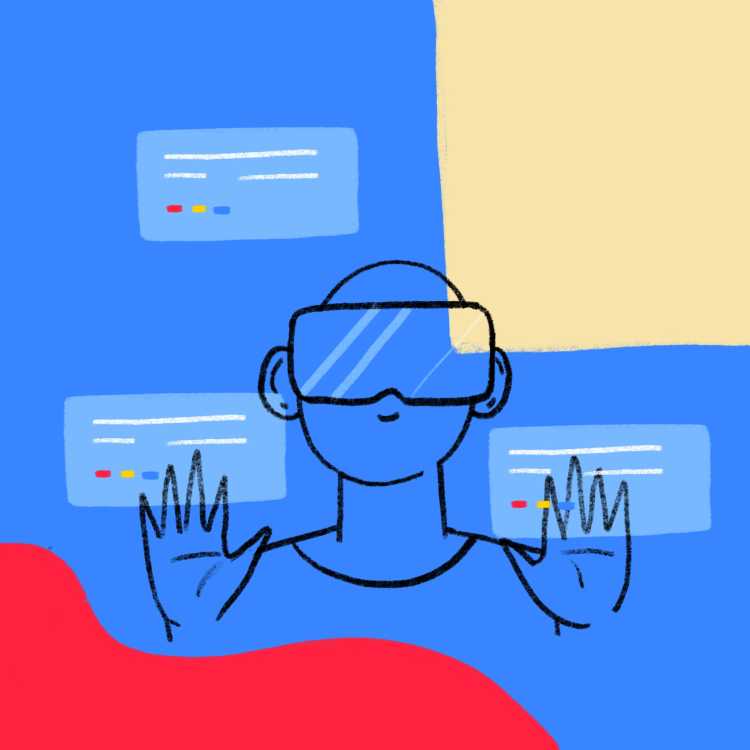Philip Tan, a research scientist at MIT, and his team are working to create an educational VR game for high school students. To make it happen they use Workast as a do-it-all tool to make communication and project management a simple job.
It’s not all fun and games at MIT’s research lab in the Comparative Media Studies and Writing department, er, well, making games, that is.
Philip Tan and his team create both tabletop and digital games. Tan, a research scientist, and his team have spent the past three years developing a virtual reality educational game that is used by high school students to explore the human cell. His team has created this game from scratch including coding, design, and every other aspect that goes into building a game. If that doesn’t sound difficult enough, let’s throw a wrench in the mix.
Philip works as a sort of producer on the project, he ensures that information is passed on to each team member on the project, who are student designers and developers. Every semester, new people take over the work that needs to be done.
Wow, anything else? Every semester, give or take three months, they roll out the newest iteration of the game, so it’s imperative to stick to a schedule. In short — tasks need to get done.
This presents two very distinct challenges:
1. Team Turnover — Everything from design to development needs to take place within a short time frame. With a new team of students every three months or so, how can they seamlessly pick up where the last team left off?
2. Managing Tasks — How does a team get things done on a consistent basis to hit short deadlines and quickly remedy any issues that come up?
The solution? Workast.
The team has used Workast for project management from the beginning. Prior to starting this project, Tan had used software such as FogBugz and Jira, both of which were great when it came to identifying bugs, but not so great for managing projects and keeping up with tasks over a three-year ongoing project.
“We wanted a project management app that would work with Slack and that was affordable. Workast had a free trial offering so we could try it out without any hassle. It was very appealing and I wanted something that was simple.
I was coming out of a project with Jira which had too many fields, it was overwhelming just to look at it. Even the people who were efficient with Jira seemed to hate it.”
The team found Workast and have made use of the tool in very unique ways. They have refined their use of the core features of Workast in ways that many other users don’t.
Yes, it can do everything.
Tan and his team have gotten the most out of Workast, and have consequently made communication, time-management, project management, and planning more efficient with this one tool. Both the history and future of the project can be found in Workast to ensure that the work that has been done and that will be done doesn’t get lost and is always available to the next generation of team members.
“Workast serves as a sort of repository of information about what needs to get done in this project, which gets handed to students. We get a different set of students from semester to semester so, everyone needs to know what’s been done in the past. The completed task list is massive, but it preserves the history of the project.”
Every feature of the project has its own list, grouping all the components that individuals will have to develop to make the feature work. From robots to comic-book pages, major features of the game are prioritized, understanding that it’s impossible to do everything at once. For features that need to be completed that semester, Philip uses Board view to move their lists to the top.
Large over-arching features that can’t be completed in just one semester are broken into high-priority and low-priority lists. End-users and stakeholders can record new bugs and suggest new tasks in Slack, which adds them to a bottom-ranked list.
Philip reviews the new entries with the lead game designer every week to bubble the very worst bugs to rise to the top, and appropriately prioritize, amend, or defer the rest.
High-Quality Communication is an Art
Even more impressive, is how the team has managed to get the most out of Workast from a communication standpoint. During the summer, the team does “daily stand-ups” to discuss the progress of the project.
Every morning, Workast is projected onto a wall and each team member explains what they’ve done previously and what they are going to get done today. While some students took a while to get used to Workast, Tan notes that they quickly see the advantages of having the tasks of the entire team grouped in one place.
“They realize that using Workast is actually a more effective way of getting things to happen on this project. Talking about what you want to see in the project is great from a communication point-of-view, but if you want the actual implementation to happen, it needs to get prioritized. If it’s not in Workast, it’s not going to be prioritized.”
Get things done, today.
Speaking of prioritization, have you ever set out to do a task and procrastinated at an Olympic level? Because, same. However, that sort of thing doesn’t happen with this team. The students write comments for each task, estimating how long it might take them to finish it.
Once they’ve finished the tasks, they can go back and see where they were off in their estimations and be more accurate next time. Philip carefully notes that previous time estimates are never used in project planning — they are solely for the benefit of the individual student.
“Workast helps them learn about their own pace of work, and helps them better allocate their own time to become more experienced programmers, artists, and professionals.”
We’re happy that they’ve chosen to make Workast as their project management solution!
This team uses Workast as a multi-function tool and they’ve got our software down to a science! What’s one thing that you’ve got down to a science? Whether it’s picking out the best books for your friends or choosing the perfect watermelon at the supermarket, we want to hear it all! Let us know with the hashtag #DownToAScience! We’ll share the best ones!
Looking to add your workflow to Slack? Give us a try today!


